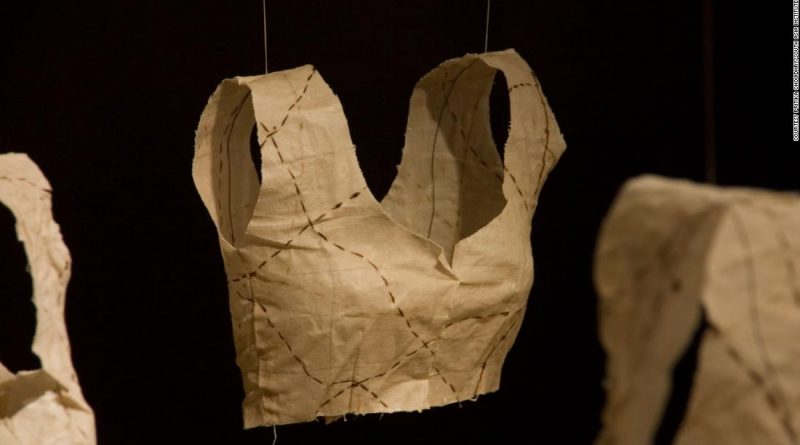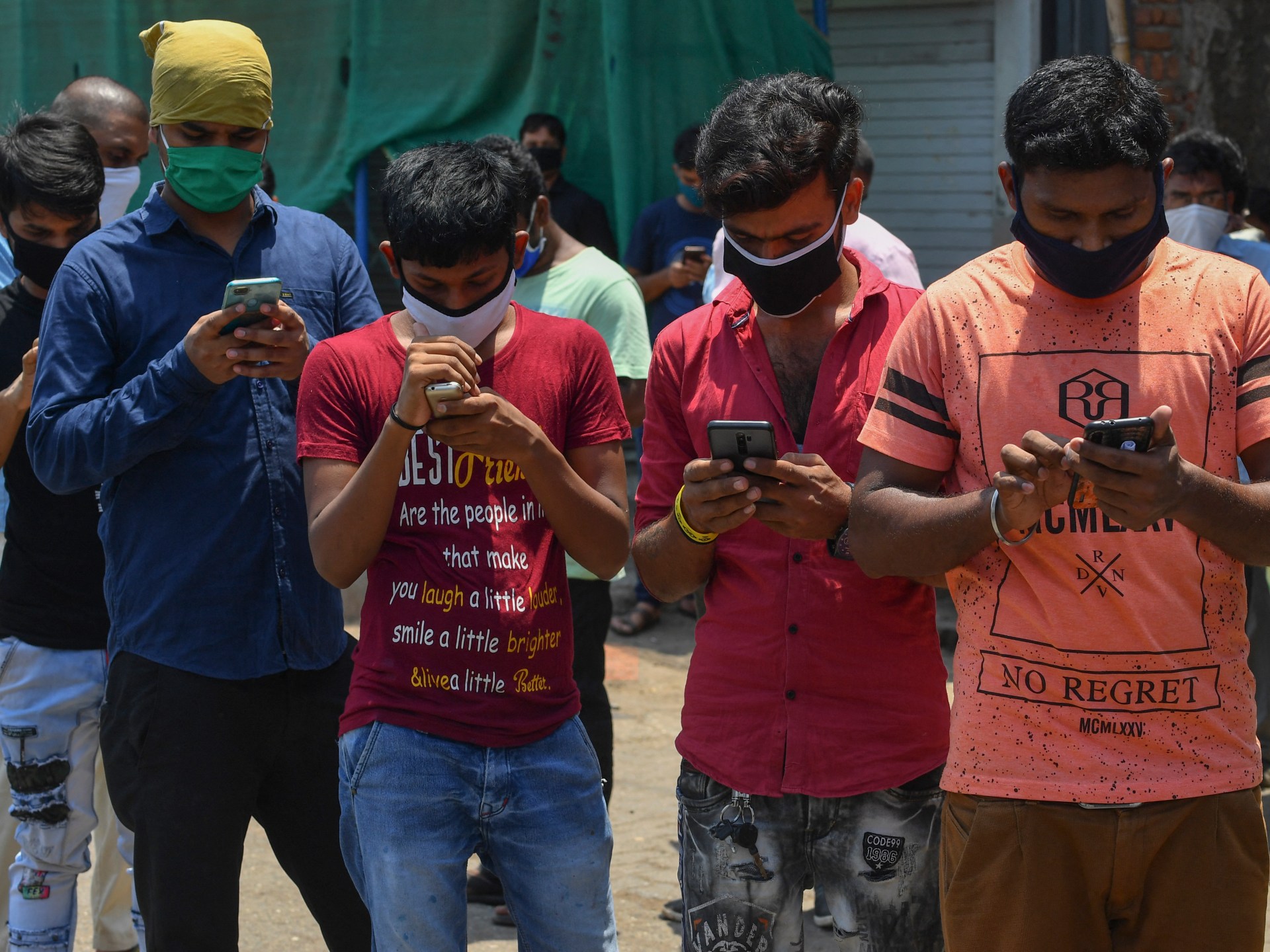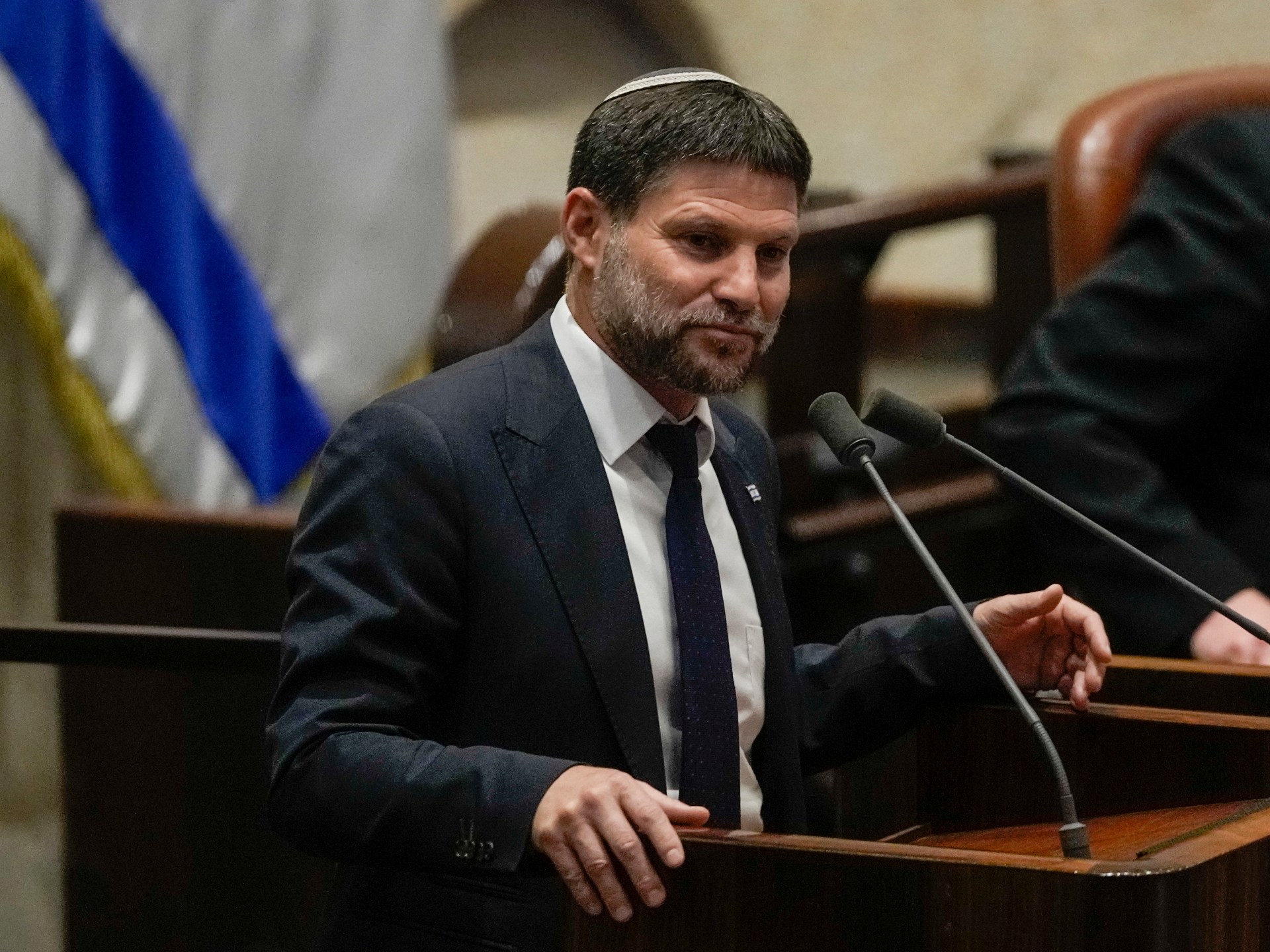‘Anti-memorials’ honor Indian Partition’s unseen victims, 75 years on
The mixed-media works range from latex casts of historical objects, like monuments and weapons, to poetic recreations of sites where acts of brutality and death took place. Chowdhry calls her works “anti-memorials” — objects that do not simplify world events or the lives of the people most affected, but instead concretize their memory. They are meant to draw attention to those who were left out of history, such as the unreported casualties of massacres and the women subjected to sexual violence who have lived in silence.
Seven of the installations are currently on view at the South Asia Institute in Chicago, coinciding with Monday’s 75th anniversary of the Partition of India.
Chowdhry’s installation “Memory Leaks” tallies some of the deaths resulting from violence clashes between Hindus and Muslims since Partition. Credit: Courtesy Pritika Chowdhry/South Asia Institute
“The Partition violence still haunts the current geopolitics of India,” Chowdhry told CNN ahead of her show opening.

The installation “Memory Leaks” is composed of 17 copper vessels called “dharapatras.” Credit: Courtesy Pritika Chowdhry/South Asia Institute
In an attempt to heal these deep divisions, Chowdhry invites visitors to pour water into the vessels. It drips down onto fragments of burned books written in urdu, the native tongue of Muslims in India and Pakistan.
The arrangement of the 17 dharapatras into an unbroken square symbolizes how the past leaks into the present in cyclical fashion. Pouring water is a way “to extinguish the fire, but then also to make an offering,” Chowdhry explained.
Fading memories
Remembering the human impact of these events becomes harder as years pass, memories fade and silence persists in many of the families that endured them. Chowdhry, who is now based in Chicago but was raised in Delhi, has experienced this first-hand with a family that is often quiet about their own losses. The artist’s great-aunt and -uncle’s families were devastated as they migrated from Karachi to Delhi, with many relatives killed and one daughter abducted and never found.

Chowdhry’s installation “An Archive of 1919: The Year of the Crack-Up,” which centers on the Jallianwala Bagh massacre of 1919. Credit: Courtesy Pritika Chowdhry/South Asia Institute
“Those survivors (from 1947) are mostly now gone. And of course, the women survivors didn’t talk,” Chowdhry said.
In Bangladesh, some of the female victims who faced sexual violence were publicly honored and designated “birangona,” which means “brave woman,” but they were still stigmatized after coming forward.
“When they are back in their communities, they face a lot of ostracization, and criticism for revealing something so terrible. So it’s like a no-win situation,” Chowdhry said. “If the nation tries to honor them individually, they get targeted in a different way. And if the nation ignores them, it erases their narrative, then that narrative is lost.”
“So then how do you memorialize them? How do you memorialize the experience?” she added. “For me, it has become my life’s work.”
Intimately connected histories

A work from Chowdhry’s “Broken Column” series, modeled on the Minar-e-Pakistan tower in Lahore. Credit: Courtesy Pritika Chowdhry/South Asia Institute
Textured with the markings of each monument, they are imperfect copies. Like memory, some details are retained while others lost. But together, they — like the three countries of former British India — form an interconnected history.
“They’re almost like sibling nations. (It’s a) very, very violent history,” Chowdhry said.
Chowdhry became disillusioned with India as she came of age. “It was founded on the principles of being a secular nation, that all minorities are welcome here. I grew up believing in that secular idea,” she said. “But in my teens, I saw that all breaking down… And (when) the 2002 pogrom happened, every illusion of a secular nation by then was gone, because it was obvious that India was not going to be able to live up to that ideal.”
Though she didn’t begin examining Partition’s effects through art until adulthood, she has slowly come to understand its impact within her own family — especially as her mother has come around to talking about their losses. The title of Chowdhry’s show, “Unbearable Memories, Unspeakable Histories,” nods to experiences that are too painful for the individuals who bore them to consign them to history. Chowdhry believes this is where art can carry the weight.

An installation view of Pritika Chowdhry’s exhbition “Unbearable Memories, Unspeakable Histories,” at the South Asia Institute in Chicago. Credit: Courtesy Pritika Chowdhry/South Asia Institute
“I had to interview my mother over several years to get the details,” Chowdhry explained. “Initially, when I asked her about it, she just brushed it off. ‘Why do you want to know? I don’t want to talk about it.’ And of course, you have to respect that.”
“And then she saw over the years how committed I was to the issue. And then she opened up a little bit more, and a little bit more.”




